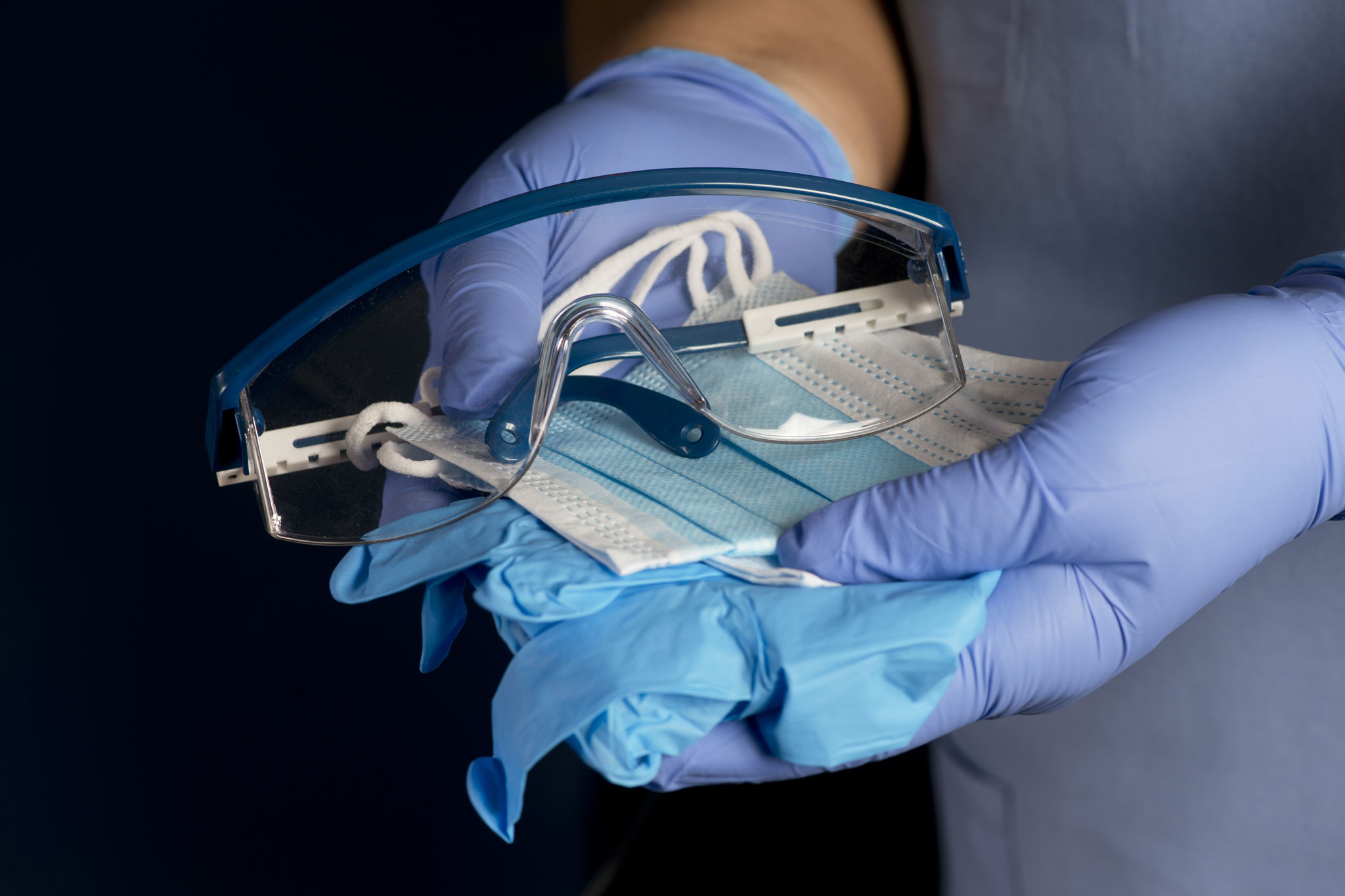
“Basically, everything was in short supply,” says Markus Weissenbäck, summing up the situation in the Nuremberg region when the coronavirus pandemic hit. He is the mathematician leading the FACE (Fair and Fast Allocation of Scarce Protection Equipment) project in the Fraunhofer Center for Applied Research on Supply Chain Services at Fraunhofer IIS. The experts have developed a user-friendly tool that makes the distribution of scarce protective equipment faster, fairer and more transparent. Although when naming the project Weissenbäck’s first thought was of faces requiring masks, in fact FACE also deals with disinfectants, gloves or other protective equipment such as disposable gowns or visors.